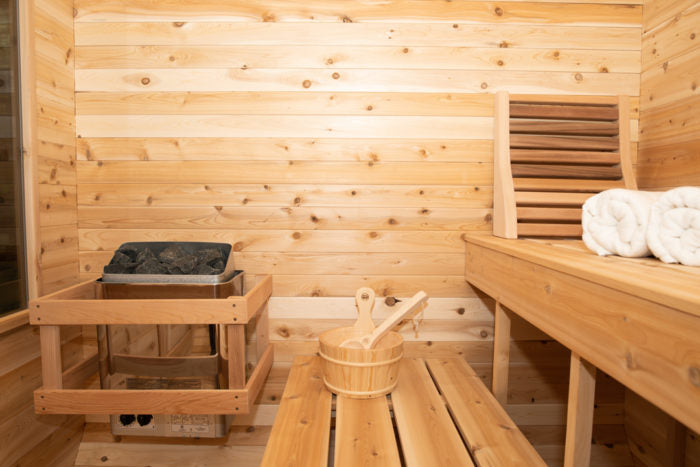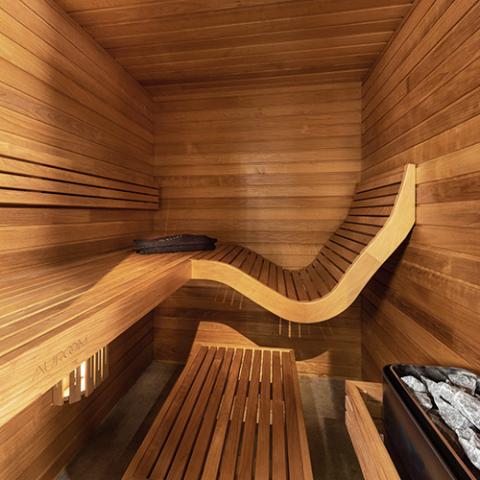Traditional Sauna Things To Know Before You Get This
Traditional Sauna Things To Know Before You Get This
Blog Article
Some Of Traditional Sauna
Table of ContentsNot known Details About Traditional Sauna A Biased View of Traditional SaunaSome Known Factual Statements About Traditional Sauna The Best Guide To Traditional SaunaIndicators on Traditional Sauna You Should Know
Many of the weight lost in a sauna is water loss and is re-gained upon rehydrating. Without a doubt sauna can be a vital part of a healthy and balanced weight loss program. To check out the differences in between conventional and IR saunas, I will certainly separate these right into verifiable, academic, and produced differences.Thus, the best point in the saunawhich goes to the ceiling directly above the sauna heateris generally in between 185 and 190 F. Claims that a standard sauna exceeds 200 F is simply not true and not relevant for electric saunas offered in the United States. The temperature level for a far-infrared sauna is typically established between 120 and 140 F; nonetheless, unlike the typical sauna, the goal in and IR room is not to accomplish a heat.
As a result of this, the temperature level difference is nearly pointless, since excessive sweating leads to both sauna kinds, but the technique of warming the body is different. In an IR sauna the bather will really feel warm and will sweat a lot, yet at much reduced temperature levels (Traditional Sauna). Therefore, if the goal is to spend longer durations of time in the sauna, the IR sauna is a great selection
When a standard sauna has actually been correctly heated, the sauna walls are cozy, the air temperature level has accomplished set temperature and the rocks are super heated. As a fascinating side note, the warmed wall surfaces and the rocks are releasing far-infrared warmth, combined with the heated air, to create an "enveloping warm".
The smart Trick of Traditional Sauna That Nobody is Talking About

When the high temperature level is achieved, the elements cycle on and off to maintain the high temperature level. The majority of traditional sauna customers appreciate putting water over the rocks to produce heavy steam to raise sauna moisture degrees. The advantages of pouring water over the rocks consist of: making the area extra comfy, dampening the nasal passages, and allowing the usage of aromatherapy by blending important oils with the water.

When the power goes into the body, it triggers the body temperature level to boost and inevitably causes sweating. In an infrared sauna it is necessary for the emitters/heaters to remain on nearly constantly. Because there is no mass of rocks to maintain warmth, the sauna will cool down if the emitters shut down.
As mentioned over, the sauna bather in an infrared room wishes to place himself in front of operating emitters to obtain optimal advantage from the heat. The heating time for the 2 areas can be extremely different, depending on exactly how the spaces are utilized. For a typical sauna, a bather needs to enable 30-40 minutes for the space to accomplish a desired temperature level and to correctly pre-heat the rocks.
7 Simple Techniques For Traditional Sauna
A well built sauna will normally attain a temperature of 150-160 F in concerning 30-40 mins. For hotter imp source temperature levels, the space might need to warmth for a longer period.

Traditional saunas often go to these guys tend to be larger (therefore utilize more power) than infrared saunas, although standard saunas are certainly offered in one and 2 person dimensions. For a two-person standard sauna, 5x6 or 5x7 dimension is most popular. The top bench can conveniently seat two or 3 individuals and is also enough time to relax during the sauna session.
Getting My Traditional Sauna To Work
The typical cost per kWH of power in the U.S. is around $0.11, so a 4.5 kW heating system will set you back roughly $.50 to compete one hour, if the heating system runs continually for one hour. Usually a sauna heater will compete 75% of the initial hour and 50% of subsequent hours on given that the elements cycle once the set temperature level is achieved.

There is a hardly ever discussed difference in the social experience between the two rooms. While our society has lost a few of the social benefit of the conventional sauna experience, it can be very socially gratifying (Traditional Sauna). From family time in the sauna, to heart-felt discussions with considerable others, to sauna partiesthe traditional sauna experience can cause intimate interacting socially
Traditional Sauna Things To Know Before You Get This
Most higher end infrared spaces include colored light treatment, audio systems and full-glass fronts.
Report this page